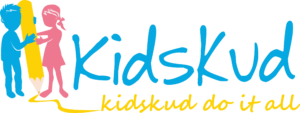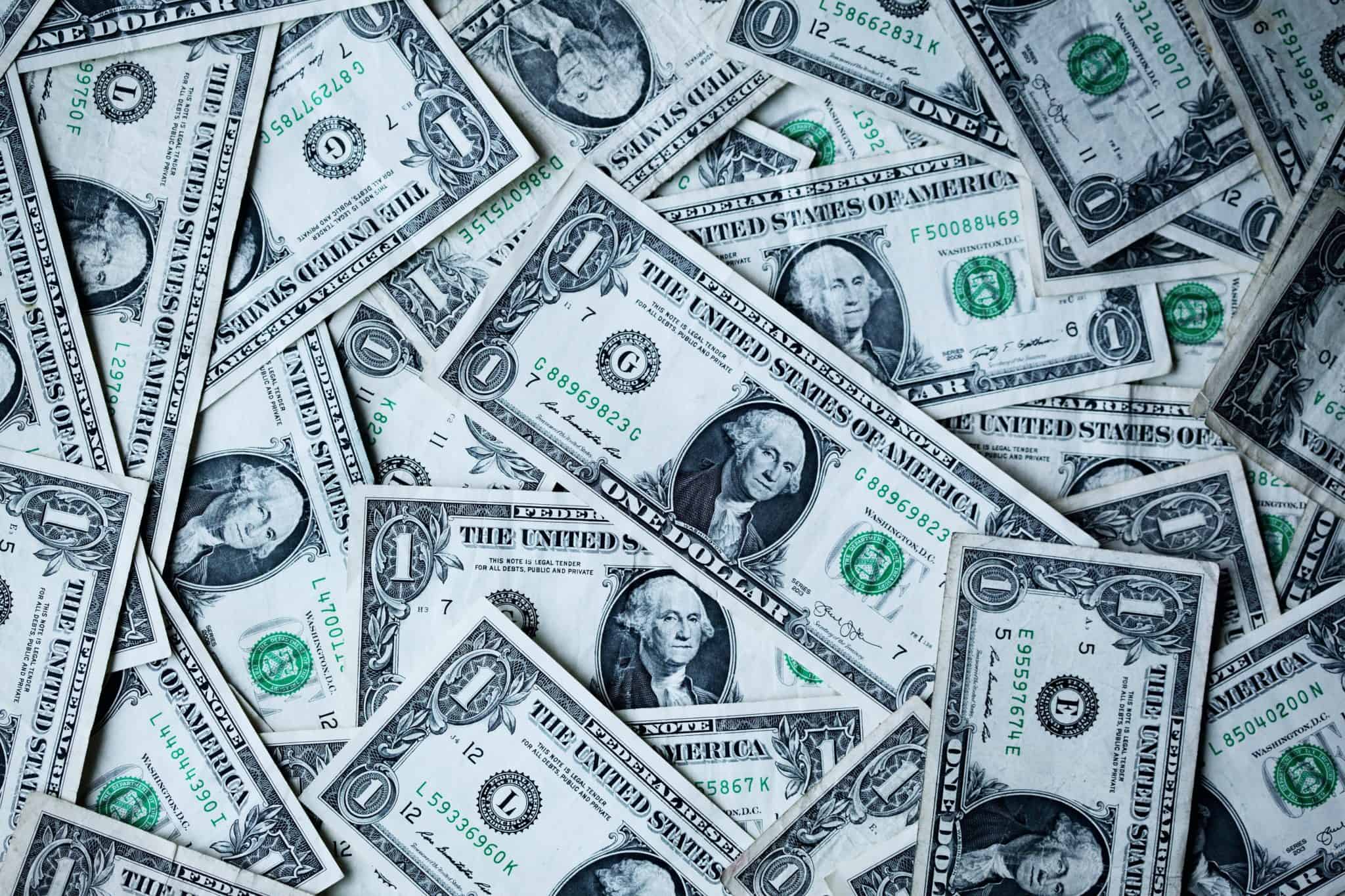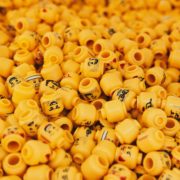How Cash Is Made
Money is used a lot, in our economic system. We use money to buy goods and wants. Nothing is free, so you need to pay with money. But, have you ever wondered how cash is really made? Read more to find out the process to create these $1 bills you probably use several times.
Money is usually made from the government. The government controls the amount they make each year. The government makes it very difficult to copy and print. If money was easy to copy and print, it allows bad people to copy and make replicas of the money. Money is actually not made from paper, it is made from cotton and linen. The same material is used to make lots of clothing. However, instead of being thicker like the clothes we wear, the cotton and linen is flattened out so it is thin.
This is how it works: Artists (engravers) spent lots of time to make detailed bills. They make lots of time to make precise and specific details, so it is harder to copy. Then, these designs are stamped onto the thin cotton and linen material. It is done several times to make many bills. Next, it is cut and stacked, ready to be sent to the bank.
You may have never noticed this, but sometimes on bills, there is small red and blue marks added, to make it difficult to copy and reprint. Also, there are curved stars on the bill, this is called a watermark. A watermark is VERY difficult to print. The government adds in several details in the money they make, so it will be almost impossible to make an exact copy of the bills. They use cotton and linen, disguised as paper. And, special ink is used to print these bills.







